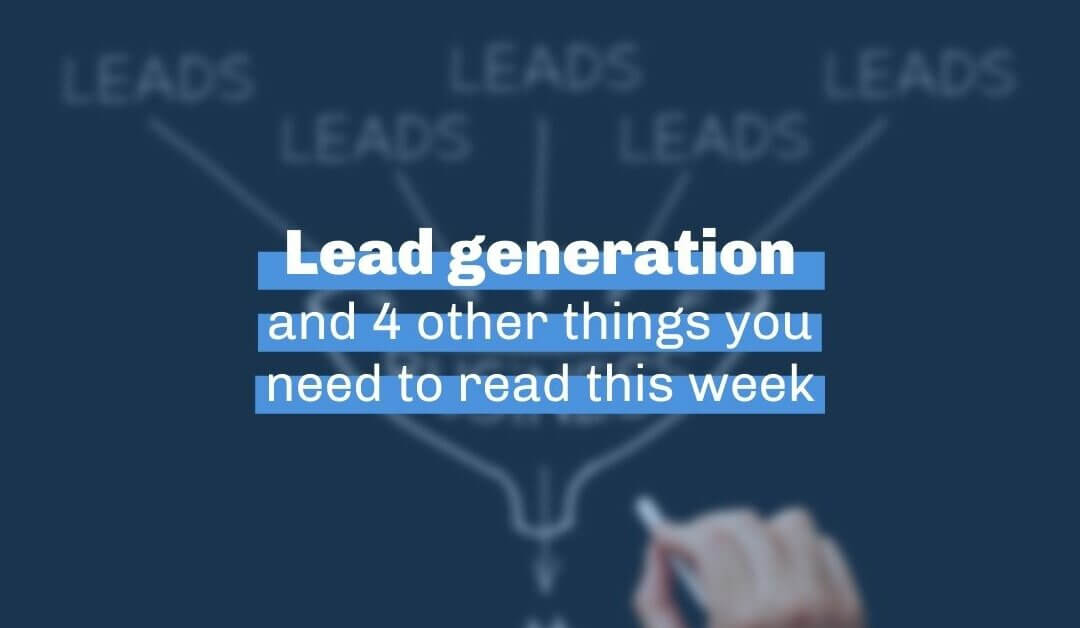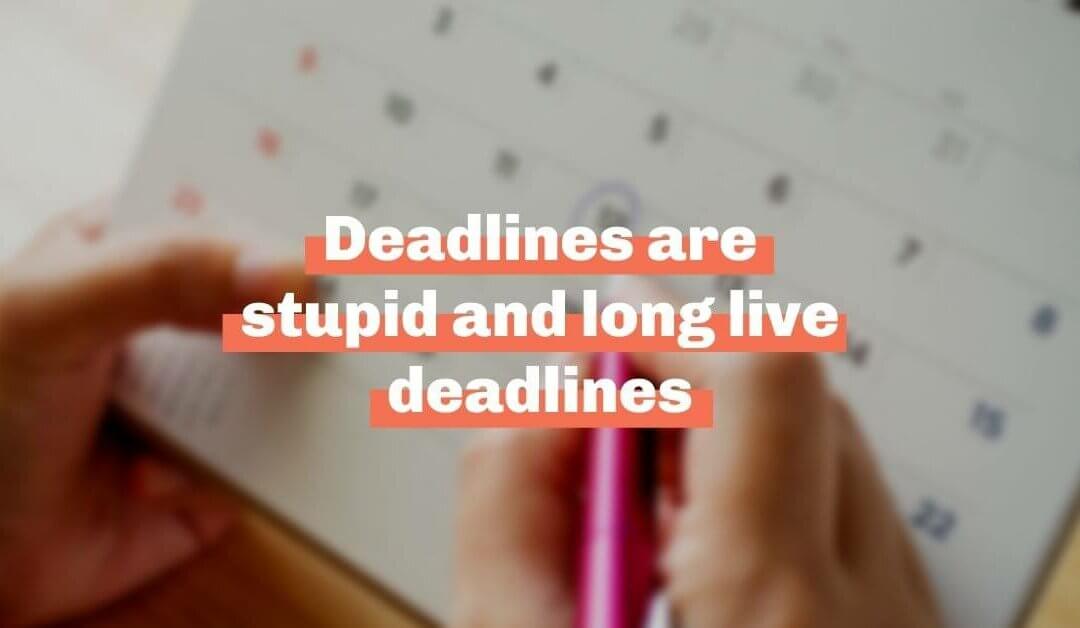Enneagram Superheroes
Here at team S+G, we believe that everyone has superpowers. We all have things we are uniquely good at—things that let our inner best selves shine. On the flip side, we also have holes—in our knowledge, our skillsets, and our experiences. These gaps drive our commitment to lifelong learning (our favorite Basecamp channel is called “We love learning!”), but they also remind us of the importance of a team. It’s not a big deal if we don’t know everything, because we work with teammates who can fill in our weak spots.
The important thing is knowing where your gaps are—and, inversely, where your superpowers lie. There are a million tools to help you figure out your giftedness and unique personality, and we’ve done them all: Strengthsfinder, DiSC, Myers Briggs…we LOVE a good personality test.
And the one that has been most revolutionary for our team has been the Enneagram.
The basics: the Enneagram is a personality typing system, much like any of the others. What makes it unique is that it’s all about motivations—your core drivers, and, importantly, your core weaknesses. Every person falls into one of nine “types”—numbered one through nine—and every single number is full of superpowers.
Using the Enneagram to understand our work personalities has been SO helpful for our team—and for the teams we have coached on this very topic. So we thought we’d give you a little inside look at our team’s Enneagram thoughts…
Allison – The Achiever
When Ian and I first started working together many years ago, he purchased a set of tiny buttons (they had puns about reading on them…they were great). Every time I did an especially good job on an assignment, he would give me a button. It was our own tiny Pavlovian reward system, and dang if it didn’t work.
You see, I’m a textbook Enneagram 3—the achiever—which means I have a deep need for affirmation, recognition, and praise. It’s not something I’m proud of, but it’s something that’s true, which means it’s something to which I must pay attention.
My achievement-oriented self comes with an awesome set of superpowers: I get stuff done. I’m high energy. I can knock out a task list like nobody’s business. These are skills that serve me every single day as an entrepreneur, copywriter, strategist, and parent.
I also love motivating others to live into their full potential, which comes in handy when leading a team (and writing this newsletter!). I believe that I can do big things—and I believe you can do big things, too!
On the flip side, I can get swept up into hustle culture. I have spent over a decade learning to rest (and I’m not there yet). I get frustrated when work moves slowly or when we need to return to a task that’s already been completed. I have trouble recognizing my value outside of what I accomplish.
It’s why I write so frequently about rest and boundaries and pursuing joy (not just work success); I’m writing to myself.
Thankfully, my team knows my weak spots, and they remind me that I am more than the work I produce. They also make sure I’m not cutting corners or cutting people out in an effort to move more quickly through my to-do list. In short, they make me better—and give me space to let my superpowers shine.
Amanda – The Helper
I am an Enneagram 2, often referred to as “The Helper” or “The Giver.” As an Enneagram 2, I possess several strengths that are highly conducive to teamwork. I am empathetic which allows me to have strong connections with my colleagues. I enjoy assisting others and supporting my coworkers, so I enjoy work environments where collaboration and cooperation are valued. In addition, I am sympathetic to the needs and goals of the team members and therefore try to ensure they have what they need to get the job done, which ultimately fosters a positive work environment.
However, as a 2, there is also a set of weaknesses that can affect my work performance and therefore affect the team. After reading The Road Back To You, I learned that I tend to prioritize the needs of others over my own, I have trouble saying no, and I have a hard time processing feedback/criticism.
Having worked with Allison and Ian in the past has been extremely helpful in my current role since they are both familiar with my strengths and weaknesses. They have both taken an active role in making sure I take time off, completely disconnect from work, and set boundaries for myself so I can also tend to my personal life (with a toddler). Additionally, Ian has continued to mentor me by encouraging me to discuss/reflect on past work and future work via his Monthly Action Plan meetings which have ultimately been helpful in finding areas of improvement for myself (processes, organizational tools, etc.) but also to talk through feedback in a positive manner. We have these meetings every month, and while it’s nerve-wracking to know we will be discussing my work performance, it is fundamentally helpful for my own development.
Lindsey – The Achiever
I’ve taken the Enneagram test multiple times over the years. Multiple times because I can never remember what I am. It just didn’t feel that relevant to me. Then, I joined Swell + Good full-time and realized there was no way to be Enneagram-free anymore; I had to step into my Enneagram 3.
That was when I understood the team is obsessed with the Enneagram for good reason. I’m still learning, but it’s already helping me better understand myself and my teammates. For example, it’s made me more aware of my tendency to seek validation through my work. And the culture of Swell + Good has helped me push back against that tendency by treating me as a human, not a copywriting automaton.
Knowing the types of my teammates helps me understand the things that drive them crazy and the places where I can tap their strengths to create better work for our clients. It makes our teamwork stronger.
If this is how I feel about the Enneagram now, I can’t wait to see where I am in six months! Check back then—I might have something more insightful to say 🙂
Ian – The Perfectionist
You might be surprised to learn that the Enneagram and I weren’t always best friends. For a long time, I dismissed it and thought it was just another personality test. You will not be surprised to learn that it crushed my “always need to feel right and argue” soul when I finally saw the light. I mean, who am I kidding—my need to improve isn’t just limited to my work, I’m always trying to hack my own life and myself.
You see, as an Enneagram 1, control is my middle name. I thrive on order, perfection, and ensuring every ‘i’ is dotted and ‘t’ is crossed. I can’t stand a lack of process or clarity.
For a leader, that is rarely something that you can truly control. We can pretend we control things, but the fact is we are nothing without the team we work with and for. So here’s where the Enneagram swoops in like a superhero cape. Understanding the Enneagram types of my team has been nothing short of eye-opening. It’s like having a secret weapon to navigate the quirks of our personalities.
Take Allison. She lives for praise and recognition, and trust me, that’s something I could always be better at doling out. Knowing that makes me a better partner. Also, understanding where her infectious drive and energy come from means I can count on her to be the cheerleader and driving force our team needs when times get busy. She gets stuff done like a boss, her knack for motivating others is the tick to my tock. I can let go of these things (mostly) and trust that she’s got this aspect of our partnership.
Letting go and trusting the process can be a Herculean task for a One (honestly, it physically hurts sometimes), but having this Enneagram-powered team is a game-changer. It’s like assembling the Avengers of the personality world, and together, we’re conquering our work challenges, one project at a time. The Enneagram isn’t just a tool; it’s my secret ally in this rollercoaster of self-improvement.




